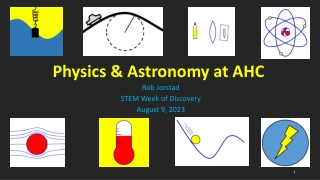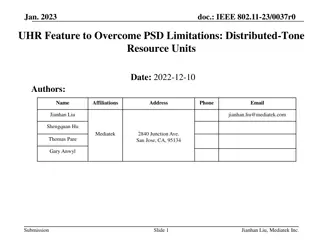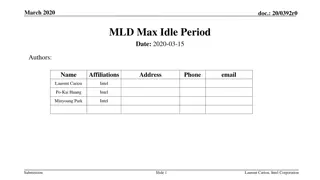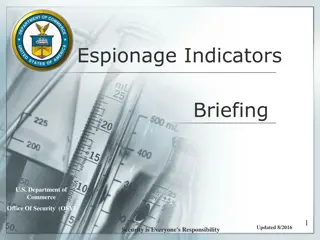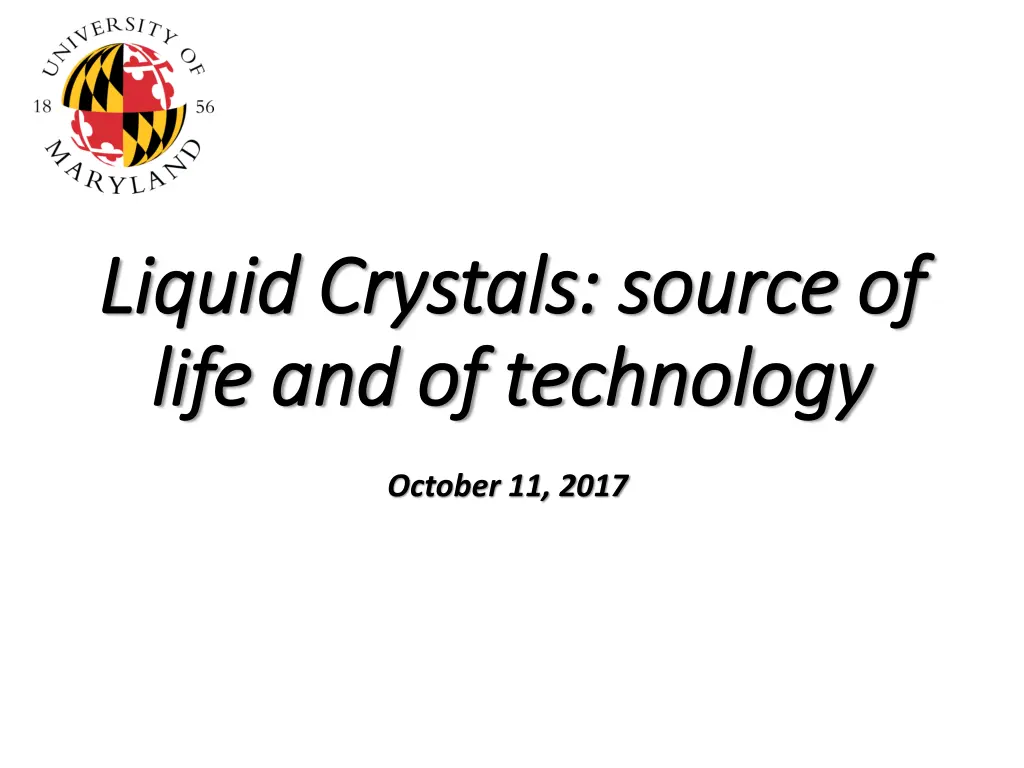
The Fascinating World of Liquid Crystals
Explore the intriguing properties of liquid crystals, essential for both life and technology. Understand how their unique alignment shapes play a crucial role in various applications. Discover the phases and arrangements of molecules in liquid crystals, unveiling a world where science meets innovation.
Download Presentation

Please find below an Image/Link to download the presentation.
The content on the website is provided AS IS for your information and personal use only. It may not be sold, licensed, or shared on other websites without obtaining consent from the author. If you encounter any issues during the download, it is possible that the publisher has removed the file from their server.
You are allowed to download the files provided on this website for personal or commercial use, subject to the condition that they are used lawfully. All files are the property of their respective owners.
The content on the website is provided AS IS for your information and personal use only. It may not be sold, licensed, or shared on other websites without obtaining consent from the author.
E N D
Presentation Transcript
Liquid Crystals: source of Liquid Crystals: source of life and of technology life and of technology October 11, 2017
Liquid crystals Liquid crystals are the materials that make up the screens of your computer, your phones, your watches. Even before their technological applications they are the molecules that are responsible for life.
What makes them so desirable for life and technological applications They can be made of molecules that look like pencils or like coins. You can do the following experiment: Join together so that all of you have at least 8 - 10 pencils Join together so that you have at least 8 10 coins of the same denomination. Designate one person to hold the pencils. Open your hand and release them close to the floor, not pushing them Do the same thing with the coins. Now, take the pencils and the coins and release them at a distance that is further from the floor and almost push them
What makes them so desirable for life and technological applications These shapes tend to align such that the long axis of the pencils are more or less in the same directions and the coins have their surface aligned in the same direction. This property is what is called the self aligment, because given certain temperatures and/or concentrations they will align as described above. Self-alignment will depend on the temperature (which we did by tossing the coins from a larger distance from the floor and pushing them as they were tossed) and /or the concentration of the liquid where they are dispersed in.
Real molecules Coin shaped Pencil shaped C8H17 CN Peter J. Collings and Michael Hird, Introduction to Liquid Crystals, Taylor and Francis, 1997
The arrangement can tell us of at least two phases The nematic or the most disordered of the ordered phases Peter J. Collings and Michael Hird, Introduction to Liquid Crystals, Taylor and Francis, 1997 N And the isotropic or the disordered phase
If you are more careful at putting together the pencils and coins, we get more ordered phases Sm-A Peter J. Collings and Michael Hird, Introduction to Liquid Crystals, Taylor and Francis, 1997
How can self-alignment help in technological applications One can choose a liquid crystal such that at temperatures oscillating between RT (25C or 75F) to the boiling point of water (100C or 212F) they are aligned, but not in the same direction. We can use external fields such as an electrical or magnetic field to manage the self alignment such that if the molecules were originally pointing every which way right when the field is applied they point in a certain direction. These can form numbers (watches, displays) or images (TV s, computers, telephones)
Real molecules Coin shaped Pencil shaped C8H17 CN The areas in circles are electron-rich. By choosing the appropriate molecules and combining in the right geometry them with other molecules or solid materials one can fabricate a photovoltaic. Peter J. Collings and Michael Hird, Introduction to Liquid Crystals, Taylor and Francis, 1997
The molecules of life are slightly different. They are designed (by nature) to have a hydrophilic head (the nitrogen group at the end) and hydrophobic tail (the carbon chains) They change phases by varying the concentration of liquid in which they are mixed into. These molecules are known as lyotropic molecules A well known biological molecule which is a liquid crystal is DNA Peter J. Collings and Michael Hird, Introduction to Liquid Crystals, Taylor and Francis, 1997
They have different phases but the one favorable for life is the lamellar phase With a change in the concentration one can get the hexagonal phase, which in many ways is not a continuously closed surface, except perpendicular to the edges of the hexagon Peter J. Collings and Michael Hird, Introduction to Liquid Crystals, Taylor and Francis, 1997 Several different illnesses can result if a phase change happens (or there is a change in the concentration of water)
In order for cells to perform their functions . They must have form and structure There must be mechanisms that allow materials to enter and exit the cells. Liquids do not have form or structure, but do provide a medium for the efficient transportation of materials Solids have form and structure but do not allow for the efficient movement of materials. We need a phase intermediate between solid and liquid that shares properties with both these phases. This is the liquid crystal phase
In other words Do we want to be made out of steel (like Superman)? Do we want to be blobs of water or any other liquids (like the Blob)?


